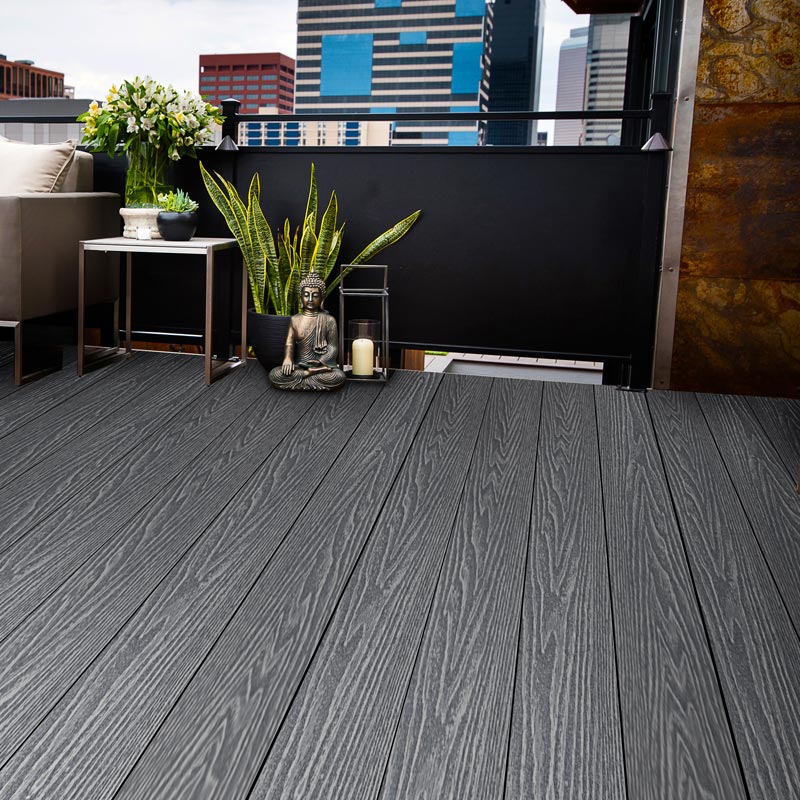Adjustable pedestals for decks have become an increasingly popular choice for both residential and commercial projects, offering a multitude of benefits that enhance the functionality, aesthetics, and longevity of outdoor spaces. These innovative systems, designed to support decking surfaces, provide a flexible and efficient solution for creating level and stable platforms over uneven or challenging terrains. Here, we explore the various advantages of using adjustable pedestals for decking, highlighting their impact on construction, design, and overall user experience:
One of the primary benefits of adjustable pedestals is their ability to create perfectly level surfaces regardless of the underlying ground conditions. Traditional decking methods often require extensive ground preparation and leveling, which can be time-consuming and costly. Adjustable pedestals, on the other hand, can be easily adjusted to compensate for slopes, undulations, or irregularities in the terrain. This capability significantly reduces the need for ground excavation or the addition of leveling compounds, thereby streamlining the construction process and saving both time and money. The flexibility of adjustable deck pedestals also extends to their compatibility with various decking materials. Whether using wood, composite, stone, or concrete pavers, these pedestals can accommodate a wide range of surface materials, providing a versatile solution for different design preferences and functional requirements. This adaptability is particularly beneficial for architects and designers who seek to create unique and customized outdoor spaces without being limited by the constraints of traditional decking systems.
In addition to their versatility, adjustable pedestals offer enhanced durability and longevity for a Deck system. Made from high-quality materials such as polypropylene or recycled plastics, these pedestals are resistant to environmental factors such as moisture, UV radiation, and temperature fluctuations. This resilience ensures that the decking structure remains stable and secure over time, reducing the risk of warping, rotting, or other forms of degradation that can compromise the integrity of the deck. Consequently, adjustable pedestals contribute to lower maintenance requirements and longer-lasting outdoor spaces. Another significant advantage of adjustable pedestals is their contribution to improved drainage and ventilation. Elevated decking surfaces allow for effective water runoff, preventing the accumulation of standing water that can lead to mold, mildew, and other moisture-related issues. The gap created between the decking surface and the ground also facilitates air circulation, helping to keep the substructure dry and reducing the likelihood of moisture damage. This feature is particularly important in regions with high rainfall or humid climates, where proper drainage and ventilation are critical for maintaining the health and longevity of the decking materials.
The installation process of adjustable pedestals is straightforward and user-friendly, further adding to their appeal. The pedestals are typically designed with a screw-thread mechanism that allows for precise height adjustments, enabling installers to achieve the desired level and slope with ease. This adjustability also simplifies the process of accommodating changes in elevation or creating multi-level decking structures. Additionally, many adjustable pedestal systems are designed for tool-free installation, reducing the need for specialized equipment and minimizing labor costs. Aesthetic considerations are also a key factor in the popularity of adjustable pedestals for decks. The elevated design creates a clean and modern look, concealing unsightly ground surfaces and providing a seamless transition between indoor and outdoor spaces. This aesthetic versatility makes adjustable pedestals an ideal choice for a wide range of applications, from residential patios and rooftop terraces to commercial plazas and public walkways. Furthermore, the concealed support structure allows for creative design possibilities, such as incorporating lighting, planters, or other decorative elements into the decking layout.

Sustainability is another important aspect of adjustable pedestals. Many manufacturers produce these systems using recycled materials, contributing to environmental conservation and reducing the carbon footprint of construction projects. The longevity and durability of adjustable pedestals also mean that decks built with these systems require fewer replacements and repairs over time, resulting in less waste and a more sustainable approach to outdoor construction. From a functional perspective, adjustable pedestals enhance the usability and accessibility of decking spaces. The ability to create level surfaces over uneven ground makes it possible to construct decks in challenging locations, such as sloped yards, rooftops, or waterfront areas. This flexibility opens up new possibilities for outdoor living and entertainment, allowing homeowners and businesses to maximize the use of their available space. Additionally, the elevated design can accommodate the installation of utilities and services beneath the decking surface, such as electrical wiring, plumbing, or irrigation systems, further enhancing the functionality and convenience of the outdoor area.
Safety is another critical benefit of adjustable pedestals for decks. The stable and secure support system reduces the risk of accidents caused by uneven or unstable surfaces. This is particularly important in public spaces or areas with high foot traffic, where ensuring the safety of users is paramount. The non-slip surface materials used in conjunction with adjustable pedestals also contribute to a safer environment, providing a reliable grip even in wet conditions.
In conclusion, adjustable pedestals for decks offer a comprehensive solution that addresses the challenges and limitations of traditional decking methods. Their ability to create level surfaces over uneven terrain, compatibility with various materials, durability, improved drainage and ventilation, ease of installation, aesthetic versatility, sustainability, enhanced functionality, and safety make them an ideal choice for a wide range of decking projects. Whether for residential or commercial applications, adjustable pedestals provide the flexibility and performance needed to create beautiful, functional, and long-lasting outdoor spaces. By investing in adjustable pedestal systems, property owners and builders can enjoy the many benefits of a high-quality deck that meets their design and practical needs while ensuring a sustainable and efficient construction process.






